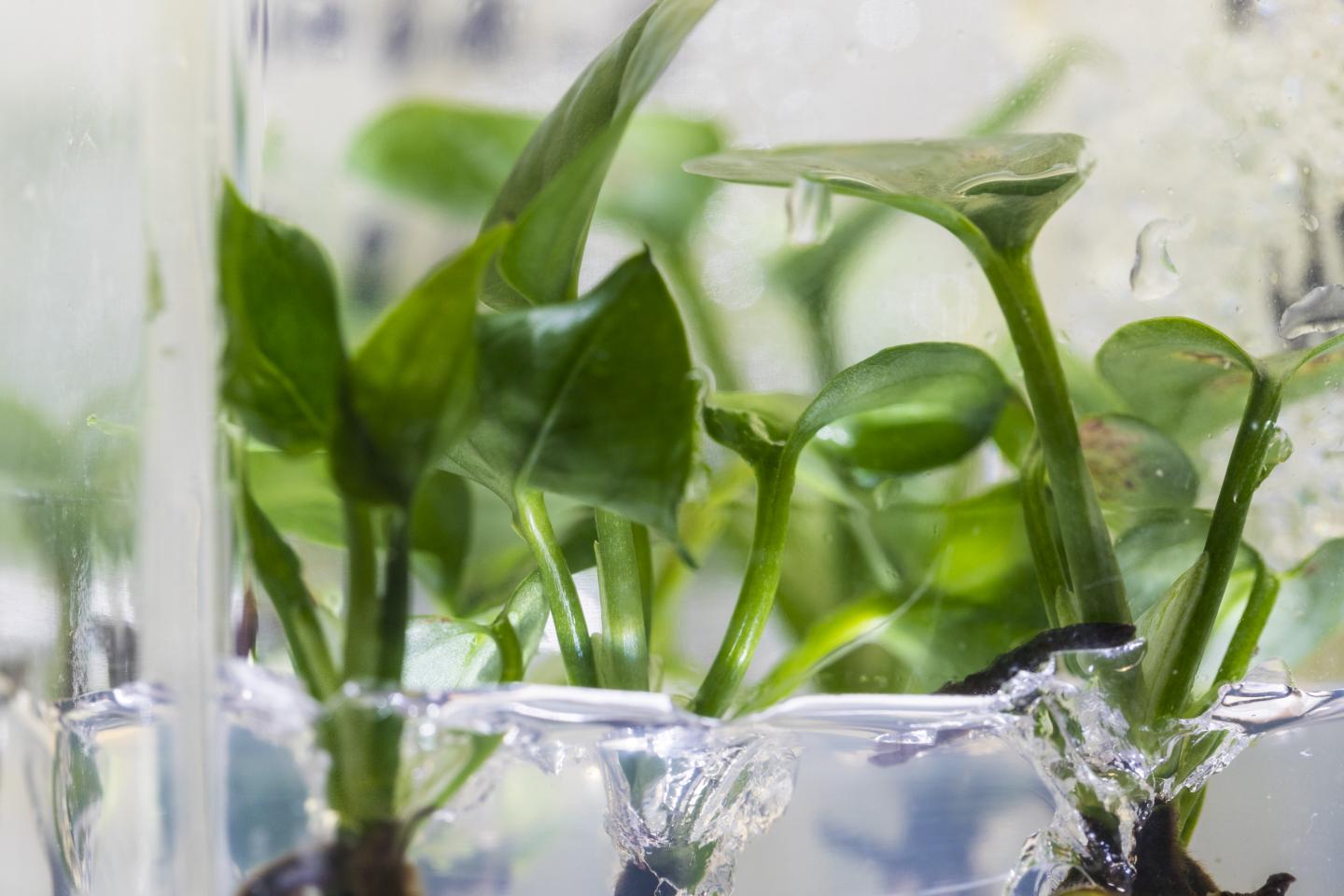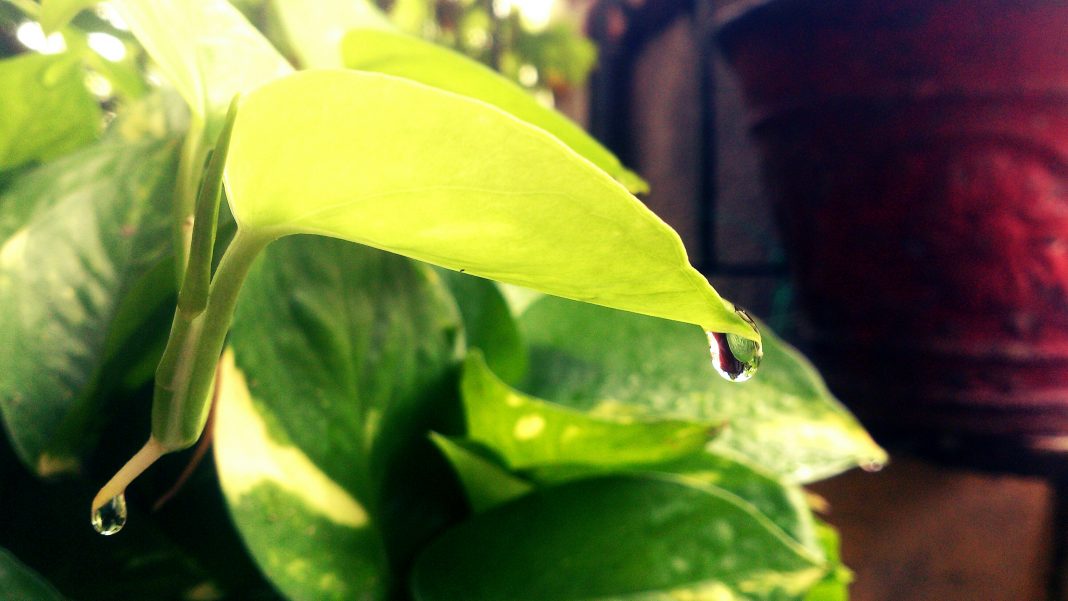A new genetically modified houseplant could be hailed as an exciting breakthrough for environmental science or a biological pariah, depending on which side of the often-ill-informed argument one falls. However, regardless of your stance in this debate, most of us like to keep the air in our homes as clean as possible and we often go to great lengths in order to keep offending allergens, dust particles, and even chemicals at bay. Yet, some hazardous compounds are too small to be trapped in these filters.
Now, researchers at the University of Washington (UW) have genetically modified a common houseplant—pothos ivy or devil’s ivy—to remove chloroform and benzene from the air around it. The modified plants express a mammalian protein, called 2E1, that transforms these compounds into molecules that the plants can then use to support their own growth.
Small molecules like chloroform, which is present in small amounts in chlorinated water, or benzene, which is a component of gasoline, build up in our homes when we shower or boil water, or when we store cars or lawn mowers in attached garages. These compounds are too small to be captured by even HEPA air filters and exposure to each has been linked to cancer.
Findings from the new study were published recently in Environmental Science & Technology through an article titled, “Greatly Enhanced Removal of Volatile Organic Carcinogens by a Genetically Modified Houseplant, Pothos Ivy (Epipremnum aureum) Expressing the Mammalian Cytochrome P450 2e1 Gene.”

The UW team focused their efforts on a protein called cytochrome P450 2E1, or 2E1 for short, which is present in all mammals, including humans. In our bodies, 2E1 turns benzene into a chemical called phenol and chloroform into carbon dioxide and chloride ions. But 2E1 is located in our livers and is turned on when we drink alcohol. So, it’s not available to help us process pollutants in our air.
“We decided we should have this reaction occur outside of the body in a plant, an example of the ‘green liver’ concept,” Dr. Strand explained. “And 2E1 can be beneficial for the plant, too. Plants use carbon dioxide and chloride ions to make their food, and they use phenol to help make components of their cell walls.”
The researchers produced a synthetic version of the gene that serves as instructions for making the rabbit form of 2E1. Then they introduced it into pothos ivy so that each cell in the plant expressed the protein. Pothos ivy doesn’t flower in temperate climates so the genetically modified plants won’t be able to spread via pollen.
“This whole process took more than two years,” remarked lead study investigator Long Zhang, Ph.D., who is a research scientist in the civil and environmental engineering department at UW. “That is a long time, compared to other lab plants, which might only take a few months. But we wanted to do this in pothos because it’s a robust houseplant that grows well under all sort of conditions.”

For the unmodified plants, the concentration of either gas didn’t change over time. Amazingly, however, for the modified plants, the concentration of chloroform dropped by 82% after three days, and it was almost undetectable by day six. The concentration of benzene also decreased in the modified plant vials, but more slowly: By day eight, the benzene concentration had dropped by about 75%.
In order to detect these changes in pollutant levels, the researchers used much higher pollutant concentrations than are typically found in homes. But the team expects that the home levels would drop similarly, if not faster, over the same time frame.
While the results are very promising, there is one caveat—plants in the home would also need to be inside an enclosure with something to move air past their leaves, like a fan.
“If you had a plant growing in the corner of a room, it will have some effect in that room,” Dr. Strand stated. “But without airflow, it will take a long time for a molecule on the other end of the house to reach the plant.”
The team is currently working to increase the plants’ capabilities by adding a protein that can break down another hazardous molecule found in home air: formaldehyde, which is present in some wood products, such as laminate flooring and cabinets, and tobacco smoke.
“These are all stable compounds, so it’s really hard to get rid of them,” Dr. Strand concluded. “Without proteins to break down these molecules, we’d have to use high-energy processes to do it. It’s so much simpler and more sustainable to put these proteins all together in a houseplant.”



